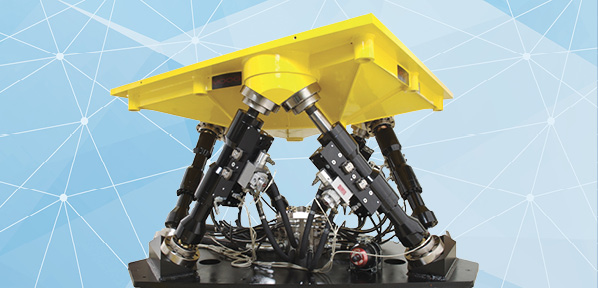The New Generation of Fluid Power Drives and Controls
 By Jon S. Rhodes, CFPECS, CFPAI, President, CFC Industrial Training
By Jon S. Rhodes, CFPECS, CFPAI, President, CFC Industrial Training
Fluid power is a mature market with a proven track record in unmatched power density, transmissibility, and long-term reliability in the most demanding applications. As the digital revolution unfolds and continues to advance, the fluid power industry has responded with an impressive array of technologies to meet demands for increased efficiency, autonomous control, and predictive maintenance. The terminology used to describe the new technologies can be complex and sometimes inconsistent as it relates to fluid power.
The terms “electrification” and “digitalization” have come to describe different aspects of power management and electronic controls in modern components and systems integral to current fluid power machine designs. The words mean different things in different circles within the industry.
Electrification is more commonly associated with the electric prime mover (that is, the motor) driving our pumps. Significant increases in the efficient use of electricity and fuel in fluid power machines have been made by “matching” the prime mover to the machine power requirement during a specific operating condition by delivering flow and pressure to the actuator only when the demand is present. Many clever strategies exist to match the delivery precisely to the machine duty cycle. We can not ignore the benefit of improved power efficiency in fluid power machines any longer. In every new design or retrofit, efficiencies must be increased over traditional designs.
Digitalization is most associated with the automated control and documentation of fluid power machines. The terminology is not easily generalized and can have various meanings in hydraulic, pneumatic, mobile, and industrial groups. Each unique application has advanced automated control over the fluid power machine in different ways. In industrial pneumatics, the automated control system and communication networks have become integral to the directional control valve manifold or stack. In some cases, the PLC or PAC microprocessor controlling the entire machine resides within the pneumatic valve assembly. In hydraulics, proportional control valves are delivered with onboard electronics that can be programmed and configured to match the specific actuator under control. Advancements in onboard electronics even provide stand-alone microprocessor-based PID control in which the valve has integral inputs and pressure sensors for complete closed loop tonnage and position control. The exact tuning parameters are documented and downloadable to the valve when a replacement is required.
Sensors are placed strategically on the entire fluid power machine to communicate critical data for predictive maintenance, process control, and a variety of analytical purposes, including position, speed, flow, pressure, temperature, and level. Web-enabled components can deliver wireless communication data over 5G mobile networks more cost effectively than ever.
Thomas Jefferson said, “If we want something we don’t have, we must do things we haven’t done.” Blended electro-fluid power systems bring challenges we must work together to overcome. We need each other now more than ever. The blended skill sets required to meet these challenges demand we work cooperatively. The front-end costs associated with electrifying and digitalizing pale in comparison to savings over the long life of our machines.
Our youth are primed to accept these challenges and push forward into the fourth revolution. Put them to work. The time is now.






